The ancestors to today’s carrots grew wild in Afghanistan, and were originally cultivated for their aromatic seeds and leaves. The root was first used in the 1st century, and by the 12th century Arabs were cultivating red and yellow varieties. Now you can find carrots in myriad colors, such as these. How do you nibble this “rabbit food”?
Are sweet potatoes and yams kin?
While used interchangeably, these are different vegetables. Yams are vines cultivated for the consumption of their tubers. More than 95 percent of the world’s yam crops are harvested in West Africa. Sweet potatoes were domesticated at least
5,000 years ago in Central or South America. Peruvian sweet potato remnants dating to 8000 BC have been discovered. Whichever you preference, how do you eat this super food?
Do you love the dreaded Brussels sprout?
Once the quintessential veggie loathed by school children, Brussels sprouts are now a trendy poster child for healthy (tasty) eating. There’s a trick, however, to unlocking their treasure of nutrients without the disagreeable, odorous gases released from heating those of the cabbage clan. Avoid boiling, which can also zap what’s good for you, and instead try shredding for a raw salad, slicing and sauteing or roasting, which slows the process that turns them smelly. How do you enjoy your sprouts?
What the heck is a seakale beet?
Although Swiss chard was known by the ancient Greeks, it is not always recognized in historical literature because of the enormous variety of names, in various languages by which it is and has been called and because of its relation to the beet family. In English it is also known under these names: chard, white beet, strawberry spinach, seakale beet, leaf beet, Sicilian beet, spinach beet, Chilian beet, Roman kale, and silverbeet. Whatever you call it, how do you like to EAT it?
What’s with the buzz over kale?
For a green, kale is unusually high in fiber. This helps create the bulk you need to feel full and sustain you between meals. Kale is also an excellent source of nutrients, especially vitamin A and calcium. NOT to mention, it’s also one of your best sources of beta-carotene, one of the antioxidants believed to help thwart cancer, heart disease and certain age-related chronic diseases. Have you hopped on the kale bandwagon? What cinched it for you?
